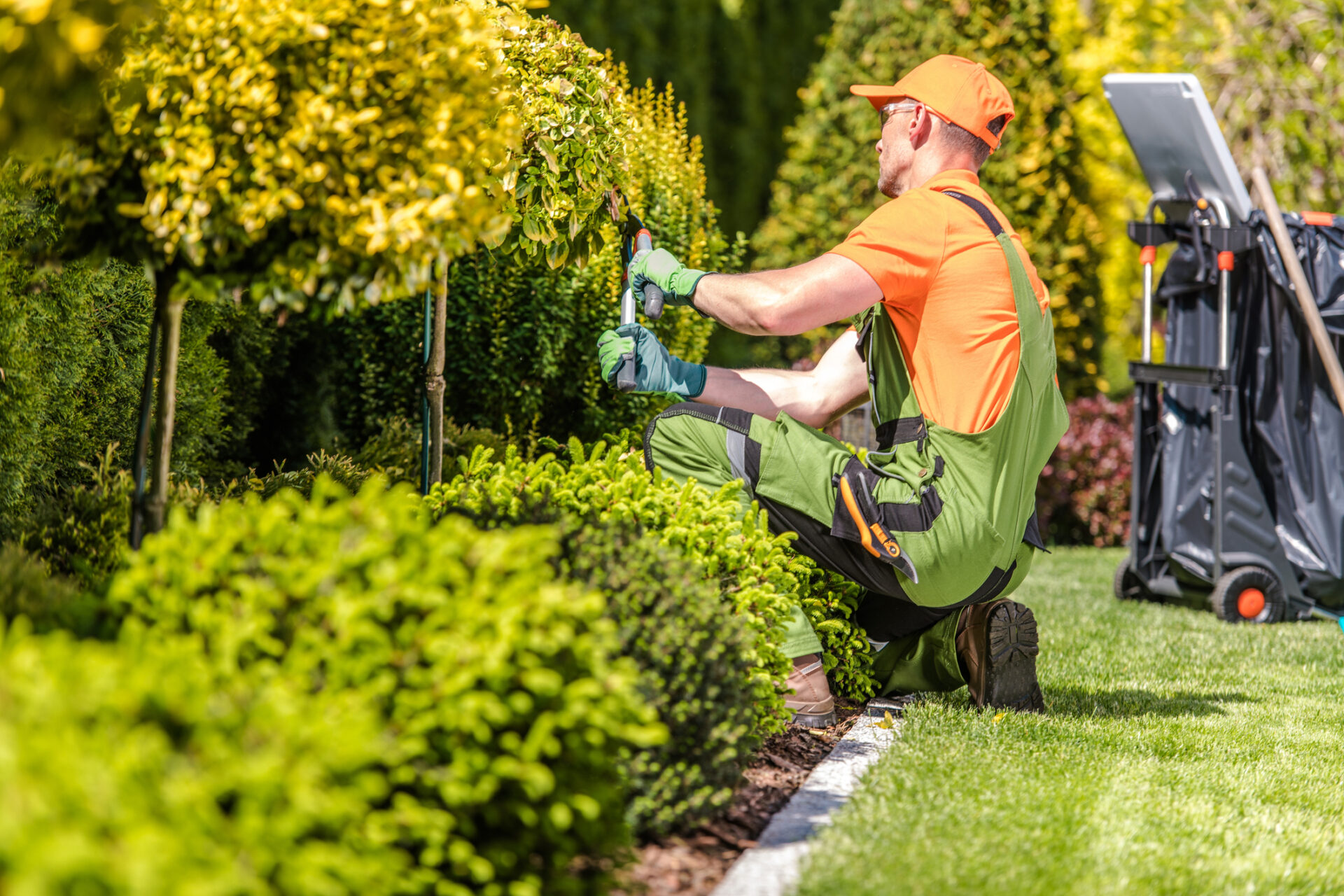Safety Hazards in Onsite Landscaping Work

Navigating Safety Hazards in Onsite Landscaping Work: Tips for a Secure Environment
Landscaping work involves transforming outdoor spaces into aesthetically pleasing and functional environments. However, amidst the beauty of the greenery and the satisfaction of creating inviting outdoor spaces, there lurk various safety hazards that landscapers must navigate. From working with heavy machinery to handling sharp tools and encountering natural elements, landscaping professionals face risks that require attention and caution. In this article, we will explore common safety hazards to avoid when performing onsite landscaping work, along with practical tips for creating a secure environment.
- Heavy Machinery Operations:
- One of the primary safety hazards in landscaping work involves the operation of heavy machinery, such as lawn mowers, trimmers, and compactors.
- To mitigate risks, ensure that all operators are trained and certified to use the equipment properly. Conduct regular maintenance checks to ensure machinery is in good working condition.
- Establish clear protocols for safe operation, including wearing appropriate personal protective equipment (PPE), such as gloves, goggles, and ear protection.
- Use of Power Tools:
- Power tools, including chainsaws, hedge trimmers, and leaf blowers, are essential for landscaping tasks but can pose significant safety risks if mishandled.
- Always follow manufacturer’s instructions and safety guidelines when operating power tools. Inspect tools for damage before each use and replace worn or defective parts.
- Keep work areas clear of debris and obstacles to prevent trips and falls while operating power tools. Use safety guards and shields to protect against flying debris.
- Ladder Safety:
- Landscaping often requires working at heights, such as trimming trees or installing outdoor lighting fixtures. Improper use of ladders can result in falls and serious injuries.
- Choose the right ladder for the job and ensure it is stable and secure before climbing. Use three points of contact when ascending or descending the ladder and never overreach.
- Consider alternative access equipment, such as aerial lifts or scaffolding, for tasks that require extended reach or working at greater heights.
- Chemical Exposure:
- Pesticides, fertilizers, and herbicides are commonly used in landscaping to control pests, promote plant growth, and maintain healthy landscapes. However, exposure to these chemicals can pose health risks.
- Read and follow product labels carefully, including instructions for proper handling, mixing, and application. Wear appropriate PPE, such as gloves, goggles, and respiratory protection, when handling chemicals.
- Store chemicals in designated areas away from food, water sources, and inhabited areas. Properly dispose of empty containers and unused chemicals according to local regulations.
- Weather Conditions:
- Landscaping work is often performed outdoors, exposing workers to various weather conditions, including extreme heat, cold, rain, and wind.
- Monitor weather forecasts and plan work accordingly to avoid exposure to extreme conditions. Provide shaded rest areas, hydration stations, and frequent breaks during hot weather.
- Dress appropriately for the weather, wearing lightweight, breathable clothing in hot conditions and layering up in cold weather. Use sunscreen and protective clothing to minimize sun exposure.
- Manual Handling and Lifting:
- Lifting and carrying heavy objects, such as bags of soil, plants, or landscaping stones, can lead to strains, sprains, and musculoskeletal injuries if not done properly.
- Use mechanical aids, such as wheelbarrows, dollies, or forklifts, to transport heavy loads whenever possible. When lifting manually, use proper lifting techniques, including bending at the knees, keeping the back straight, and lifting with the legs.
- Avoid twisting or jerking motions while lifting and ask for assistance when handling awkward or heavy objects.
- Wildlife Encounters:
- Landscaping work often brings workers into contact with wildlife, including insects, snakes, rodents, and other creatures.
- Be aware of potential wildlife hazards and take precautions to minimize encounters. Wear protective clothing and footwear to prevent bites and stings, especially in areas known for venomous species.
- If encountering wildlife, remain calm and avoid sudden movements. Back away slowly and leave the area if necessary. Report any sightings of dangerous or aggressive animals to supervisors or authorities.
- Electrical Hazards:
- Outdoor landscaping work may involve installing or repairing electrical systems, such as lighting, irrigation, or outdoor outlets. Working with electricity carries the risk of electric shock and electrocution.
- Always assume that electrical lines are live and take precautions to avoid contact with overhead power lines or buried cables. Use insulated tools and equipment when working near electrical sources.
- Before digging or excavating, call the local utility company to locate and mark underground utilities to prevent accidental damage or injury.
Landscaping work offers the opportunity to create beautiful outdoor spaces and enhance the natural environment. However, it also presents various safety hazards that must be addressed to ensure the well-being of workers and the success of landscaping projects. By understanding and mitigating risks associated with heavy machinery operations, power tool use, ladder safety, chemical exposure, weather conditions, manual handling, wildlife encounters, and electrical hazards, landscapers can create a secure environment for themselves and others. Prioritizing safety through proper training, equipment maintenance, hazard identification, and adherence to safety protocols is essential for achieving safe and successful outcomes in onsite landscaping work.
Click here for an online Landscaping Training course.
Categories
- Aerial Lift
- ATV Training
- Bear Awareness
- Chainsaw Training
- Confined Space
- Defensive Driving
- Forklift Training
- Lockout Tagout
- Online Safety Training
- Overhead Crane
- Pipeline Construction Safety Training
- Propane Handling
- Safety Training Benefits
- Scissor Lift
- Skid Steer Training
- Space Awareness
- TDG
- Telehandler Forklift
- Traffic Control
- Train the Trainer course
- Training Course
- Uncategorized
- WHMIS
- Workplace Harassment and Violence Preventiont
